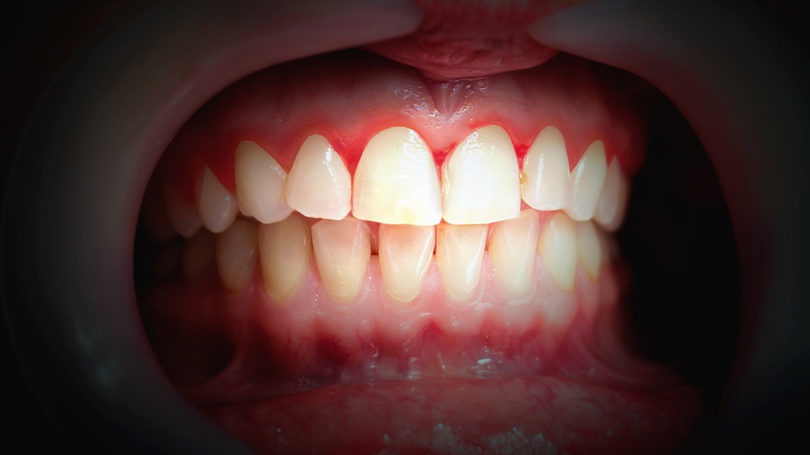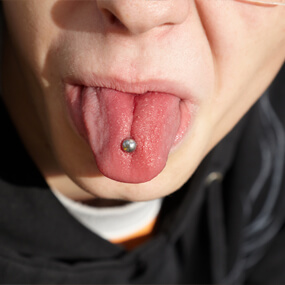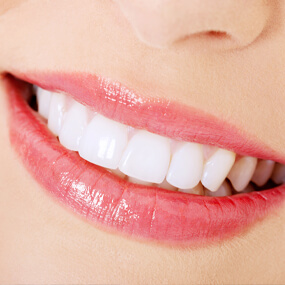Gingivitis: The Warning Signs

Gingivitis is the earliest stage of gum disease and often manifests symptoms that are easy to overlook: bad breath, redness, minor swelling, light bleeding, and gum recession that may be hard to notice. The statistics regarding gum disease may surprise you: The Centers for Disease Control and Prevention (CDC) estimates that approximately 75 percent of American adults are afflicted with gingivitis. This is particularly concerning when you consider that gum disease is linked to diabetes, cardiovascular disease, dementia, and other health issues. Everyone should not only know how to prevent gum disease but to recognize the signs so that they can take action.
Understanding Gingivitis
Gingivitis is the earliest form of gum disease. It is non-destructive and reversible. That may not sound particularly serious, but it can happen fast and evolve quickly. The disease is caused by bacteria that has accumulated below the gumline in the periodontal pocket—the sulcus. That bacteria causes inflammation, and untreated, it can advance to periodontitis, which can lead to tooth loss and worse.
Gingivitis: Causes and Indications
The earliest warning signs of gingivitis can be mistaken as something that happens from time to time. Everyone gets bad breath on occasion, for instance. But you need to consider whether there are multiple signs and whether these indications are persisting, such as:
- Halitosis
- Red gums
- Minor gum swelling
- Light gum bleeding
There are a number of factors that can cause these symptoms, including:
- Infrequent brushing and flossing
- Improper brushing and flossing
- Plaque trapped in hard-to-reach places
- Crooked or overlapping teeth
- Medications that cause xerostomia
- Medications that cause gingival enlargement
- Use of tobacco products
- Diabetes and other health conditions
- Pregnancy and oral contraceptives
Visit Your Dentist Twice a Year
Regular checkups are the best way to avoid gum disease as well as manage it if you have it. The American Dental Association recommends that you see your dentist for a professional cleaning and routine examination on a biannual basis—or more often if he or she recommends it. It is not unusual for a dentist to advise a more frequent timetable if you have developed gum disease or are currently prone to it.
While gingivitis is reversible and that reversal can even be accomplished at home, there is a thin line between early gum disease and it evolving into periodontitis, which is not reversible and much more serious. Professional cleanings also make gingivitis less likely by removing any plaque or tartar you missed. In the event you have gingivitis, your dentist may advise chlorhexidine gluconate—an antibacterial oral rinse. Your dentist may also adjust your oral hygiene regimen and make other recommendations.
Protect Your Gums
While there are no guarantees, brushing twice a day, flossing daily, and seeing your dentist twice a year all but ensure that you remain gingivitis-free. If you notice any of the warning signs associated with gum disease, Jeffrey D. Clark, DDS, recommends that you schedule an appointment right away for gum disease and gingivitis treatment near you. Dr. Clark can perform a comprehensive exam and advise you on how to proceed. Call us at 480 585 1853 today to schedule your checkup at Scottsdale Cosmetic Dentistry Excellence.




